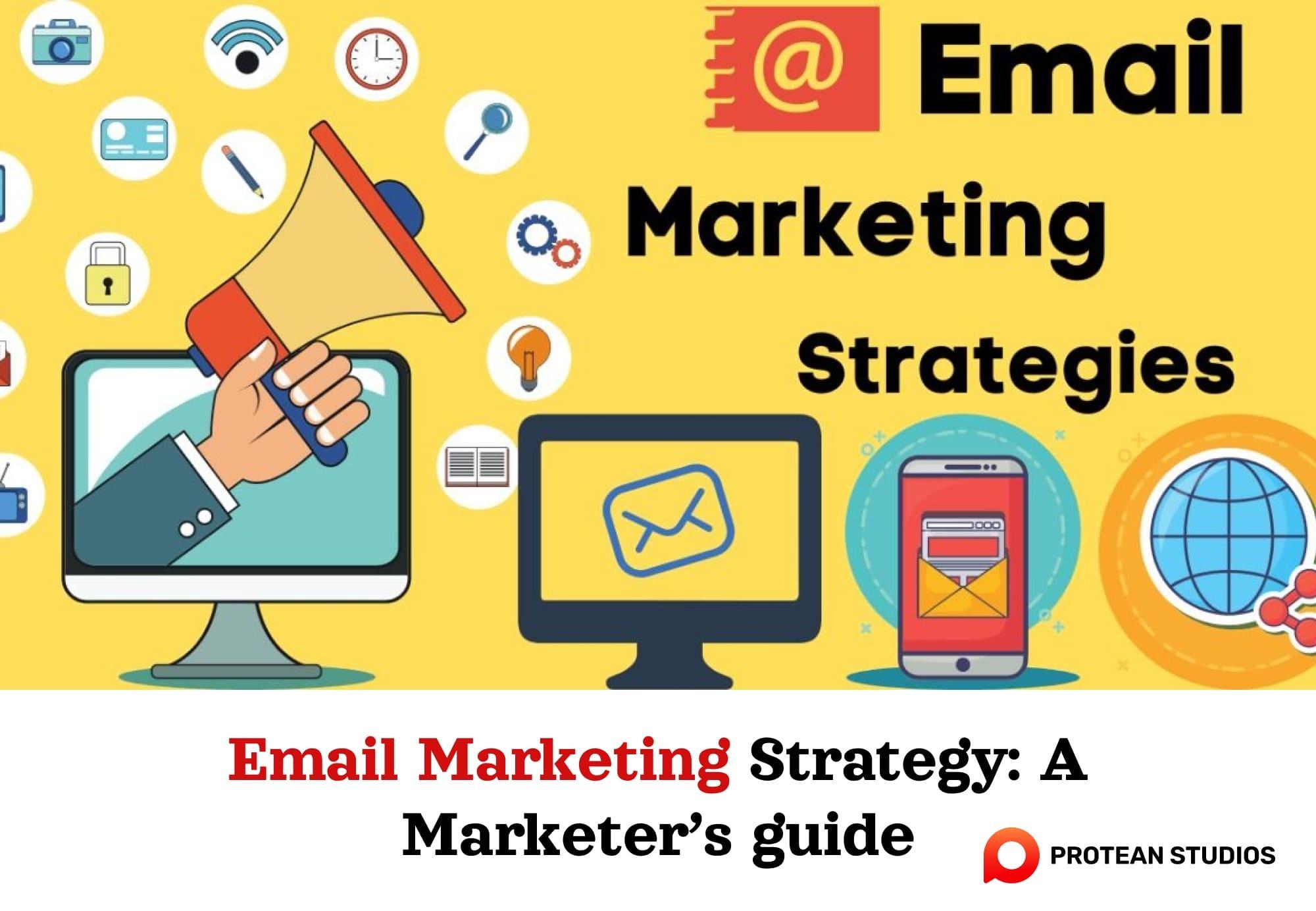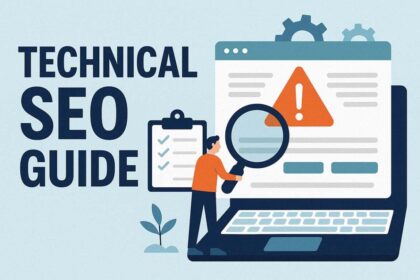In the digital age, where communication flows at the speed of light and attention spans are fleeting, email marketing emerges as a powerful instrument in the marketer’s toolkit. It bridges the gap between brands and consumers, offering a personalized touch that social media alone often struggles to achieve. Yet, with the inboxes of potential customers overflowing, how can businesses ensure that their messages not only reach their audience but also resonate? In “Unlocking Success: Strategies for Effective Email Marketing,” we delve into proven techniques that can elevate your email campaigns from mere messages to meaningful interactions. Whether you’re a seasoned marketer or just starting out, this guide will unveil the secrets to crafting compelling content, building engaging lists, and ultimately driving conversions. Join us as we explore the art and science behind effective email marketing, unlocking the potential for success in every send.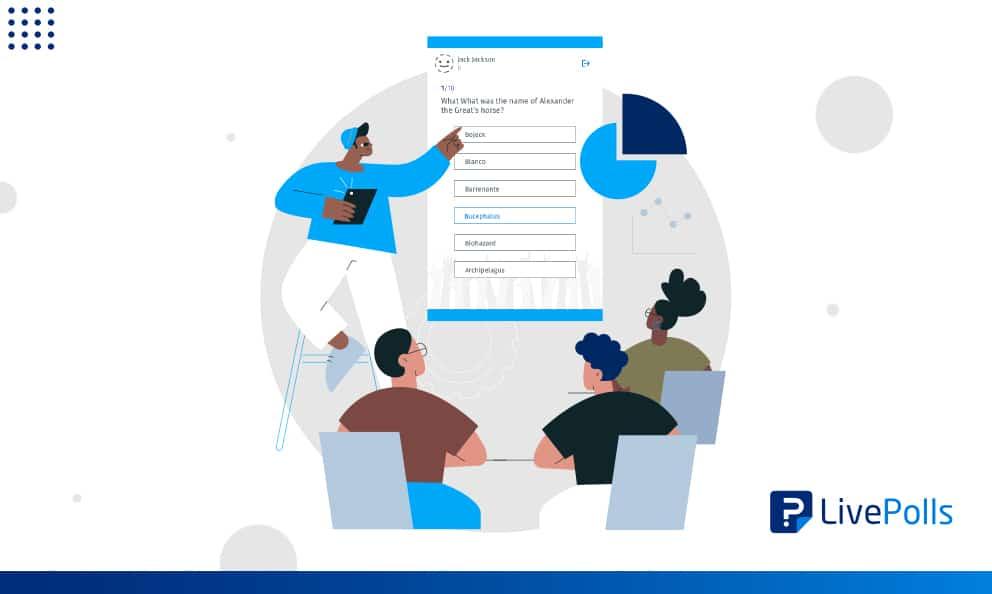
Understanding Your Audience to Drive Engagement
Every successful email marketing campaign starts with a deep understanding of the audience you’re trying to reach. By identifying their needs, preferences, and behaviors, you can tailor your messages to resonate effectively. Consider segmenting your audience into distinct groups based on factors such as demographics, purchase history, or engagement levels. This allows for more personalized communication, increasing the likelihood that your emails will not only be opened but also acted upon. Key factors to analyze include:
- Demographics: Age, location, and gender can significantly influence content preference.
- Behavior: Pay attention to past interactions, such as clicks and open rates.
- Interests: Survey your audience to understand their hobbies and preferences better.
Utilizing these insights, you can craft compelling messages that speak directly to your audience’s desires. A/B testing different subject lines, content formats, and calls-to-action is critical in this process to determine what resonates most profoundly. To illustrate this, here’s a simple table showcasing hypothetical engagement rates based on varying customization levels:
| Custom Level | Open Rate (%) | Click-Through Rate (%) |
|---|---|---|
| No Personalization | 15 | 2 |
| Basic Segmentation | 25 | 5 |
| Advanced Personalization | 35 | 10 |
As evident from the data, businesses that take time to understand and segment their audience see a marked improvement in engagement rates. This strategic approach not only enhances customer satisfaction but also fosters long-term loyalty, driving your email marketing success.
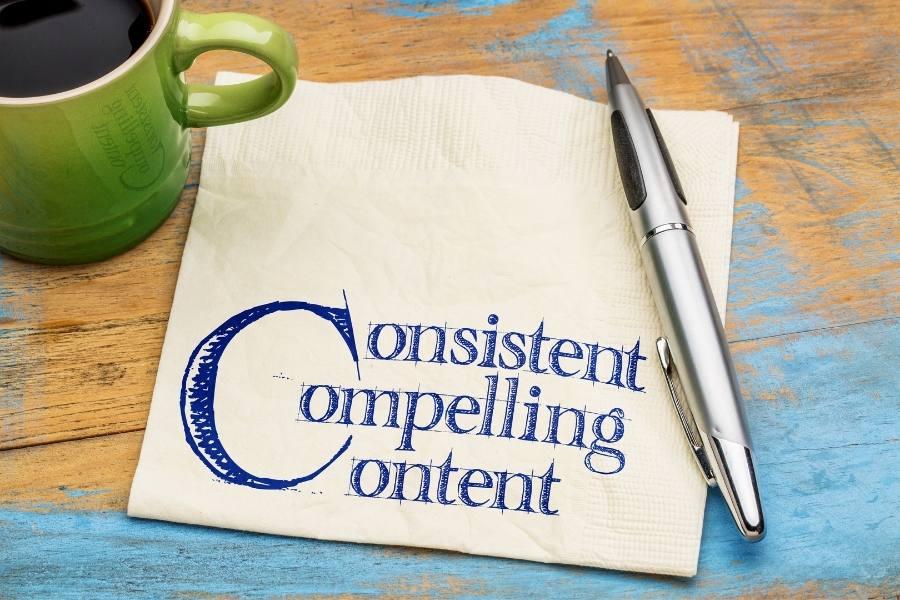
Crafting Compelling Content that Captivates
Creating impactful email content requires a blend of creativity and strategy. To grab your audience’s attention and hold it throughout your message, focus on clear, engaging language. Start with a captivating subject line that sparks curiosity. Use a conversational tone to make your readers feel connected, ensuring that every word serves a purpose. Structuring your email for easy readability can enhance user experience and understanding. Consider breaking your content into digestible sections using bullet points or short paragraphs, allowing readers to skim through and pick up key messages quickly. Here’s a quick reference for crafting your email content:
- Write a compelling subject line: Keep it concise yet intriguing.
- Personalize your message: Use the recipient’s name and tailor content to their interests.
- Employ a strong call-to-action: Clearly state what you want the reader to do next.
Visual elements can also enhance the appeal of your email. Utilize images, colors, and fonts that align with your brand identity while ensuring accessibility. Consider incorporating a well-structured table to present information succinctly; this can help in comparing products, offers, or any essential data the recipient should focus on. Below is an example of a simple promotional comparison:
| Feature | Plan A | Plan B | Plan C |
|---|---|---|---|
| Price | $10/month | $20/month | $30/month |
| Storage | 5GB | 15GB | 30GB |
| Support | Email + Chat | 24/7 Support |
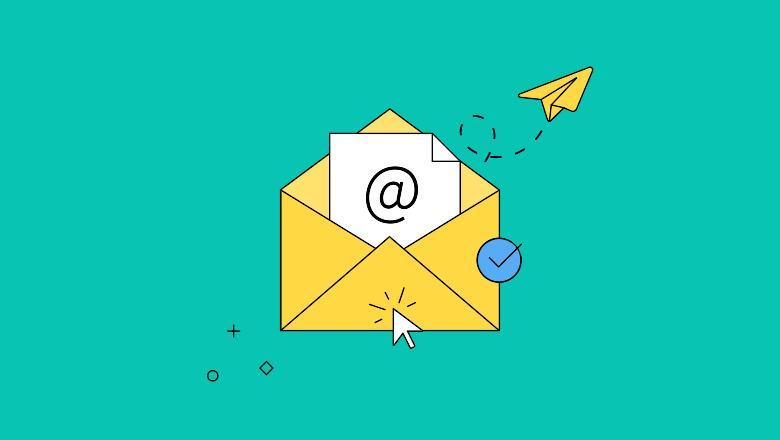
Optimizing Timing and Frequency for Maximum Impact
Timing and frequency are pivotal in crafting an effective email marketing strategy. Understanding when your audience is most likely to engage can dramatically enhance your open and click-through rates. Various factors influence the ideal timing, including the type of content, target demographic, and even regional trends. Here are key considerations to bear in mind:
- Audience Behavior: Analyze past campaigns to identify patterns in engagement.
- Time Zone Awareness: Segment your list based on geographic location to align with local peak times.
- Day of the Week: Some days, like Tuesday and Thursday, tend to have higher open rates.
In addition to timing, the frequency of your campaigns plays a critical role in maintaining audience interest without overwhelming them. Striking a balance between staying top-of-mind and being perceived as spammy is essential. You can adopt various strategies to optimize your send frequency:
| Strategy | Description |
|---|---|
| Regular Scheduling | Send emails at consistent intervals to establish expectations. |
| Behavior-Based Triggering | Send emails based on user actions, like sign-ups or product views. |
| A/B Testing | Experiment with different frequencies to discover the sweet spot for your audience. |

Utilizing Analytics for Continuous Improvement
Harnessing the power of analytics is crucial for fine-tuning email marketing strategies. By tracking key performance metrics, marketers can gain invaluable insights into subscriber behavior and preferences. This data-driven approach enables a continuous feedback loop that informs future campaign decisions. Key metrics to monitor include:
- Open Rates: Indicates the effectiveness of your subject lines.
- Click-Through Rates (CTR): Reveals how engaging your content is.
- Conversion Rates: Demonstrates the ROI of your campaigns.
- Unsubscribe Rates: Highlights areas for improvement in content or frequency.
Utilizing A/B testing in conjunction with analytics can further enhance campaign performance. By comparing variations of emails—be it subject lines, visuals, or calls to action—marketers can identify which elements resonate most with their audience. Additionally, segmenting your email list based on behavioral data allows for tailored messaging that speaks directly to the needs and interests of each group. For reference, consider the following table that showcases a simple A/B test example:
| Test Element | Version A | Version B |
|---|---|---|
| Subject Line | “Unlock Exclusive Offers!” | “Don’t Miss Out on Savings!” |
| CTA | “Shop Now” | “Grab Your Deal” |
| Open Rate | 25% | 32% |
| CTR | 5% | 7% |
Closing Remarks
As we draw the curtain on our exploration of email marketing strategies, remember that the journey to unlocking success is paved with intentionality and creativity. Navigating the intricate landscape of email marketing is not just about hitting the send button; it’s about forging connections, telling stories, and delivering value. Each campaign is a canvas, waiting for your unique brushstrokes to bring it to life.
From crafting compelling subject lines to segmenting your audience with precision, every step you take can lead you closer to your goals. Embrace experimentation, learn from your metrics, and adapt your approach as needed. The world of email marketing is dynamic, and those who stay agile will not only witness higher engagement but also cultivate lasting relationships with their subscribers.
So, as you embark on your own email marketing endeavors, harness these strategies to fuel your success. Remember, every email sent is an opportunity—an invitation to connect and inspire. May your inbox always be brimming with opened messages and eager responses, as you transform your vision into reality, one email at a time. Happy emailing!


